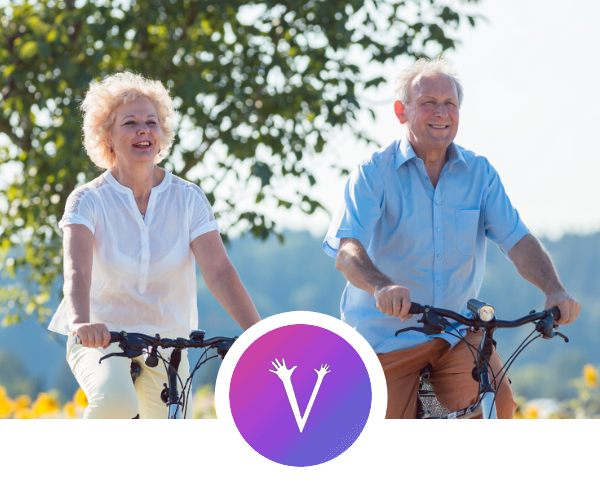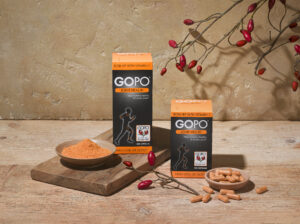Healthy Joints for Healthy Ageing

Active Ageing: How to Support Long-Term Joint Health
Active ageing is the concept of enhancing opportunities for health through engaging, inspiring and enabling people to be active, happy and healthy later in life. In fact, exercising into your latter years has numerous benefits, including helping to support long-term joint health – a key foundation for positive living.
Ageing is associated with a variety of changes in the body and can have a notable impact on joint health. Whilst our natural strength decreases as we age, our ability to become stronger stays the same, which is why it’s important to partake in regular exercise.
To support this, tailoring your exercise regime to accommodate for natural changes in joint health can be really beneficial and adding gentle strength training into your routine can help build up lost strength from an age-related decrease in muscle mass. Weights can often feel intimidating but start off small and go at your own pace.
Alternatively, low-impact or no-impact aerobic exercises such as swimming, walking or cycling can be a great way to boost strength and fitness levels whilst maintaining healthy joints – you could also try an exercise class run by one of the Move it or Lose it instructors!
For additional ways to stay active, try these top tips:
- Add resistance: Versatile and available in a range of strengths, resistance bands enable a wide range of strengthening exercises and can be used whilst seated, helping to work muscles and joints without the worry of losing your balance.
- Utilise your environment: Exercise doesn’t have to be complicated, make use of your environment and find objects around the house which can double up as exercise tools. Household chores can also count towards your daily physical activity, helping to boost fitness levels with the added benefit of keeping your home clean and tidy.
- Watch the clock: Set a timer to remind yourself to get up and move often throughout the day. With so much of our lives spent sitting down, it’s important to break up the day with exercise little and often.
- Mix it up: Try to aim for a mix of strength, stretching and balance exercises throughout the week, alongside daily walks or exercise classes, to benefit your all-round wellbeing.
Whilst staying active in your later years is imperative to help prevent physical decline, eating a healthy and balanced diet is another key step to keeping joints healthy. Try to eat a diet that includes a wide variety of foods that not only help keep you feeling great but also help keep your joints in tip-top condition.
In addition to a healthy diet, there is evidence that some supplements may help to support joint health from the inside out. The GOPO® Joint Health range contains specially cultivated naturally sourced rose-hip with a uniquely high level of GOPO®.
The galactolipid, GOPO®, has been studied in several scientific trials and is retained in the highest available levels thanks to a special patented process. Rose-hip may play a valuable role in the maintenance of joints and joint tissues.
The GOPO® Joint Health range is available from Boots, Amazon, supermarkets and independent retailers and chemists nationwide. Visit www.gopo.co.uk for further information.
